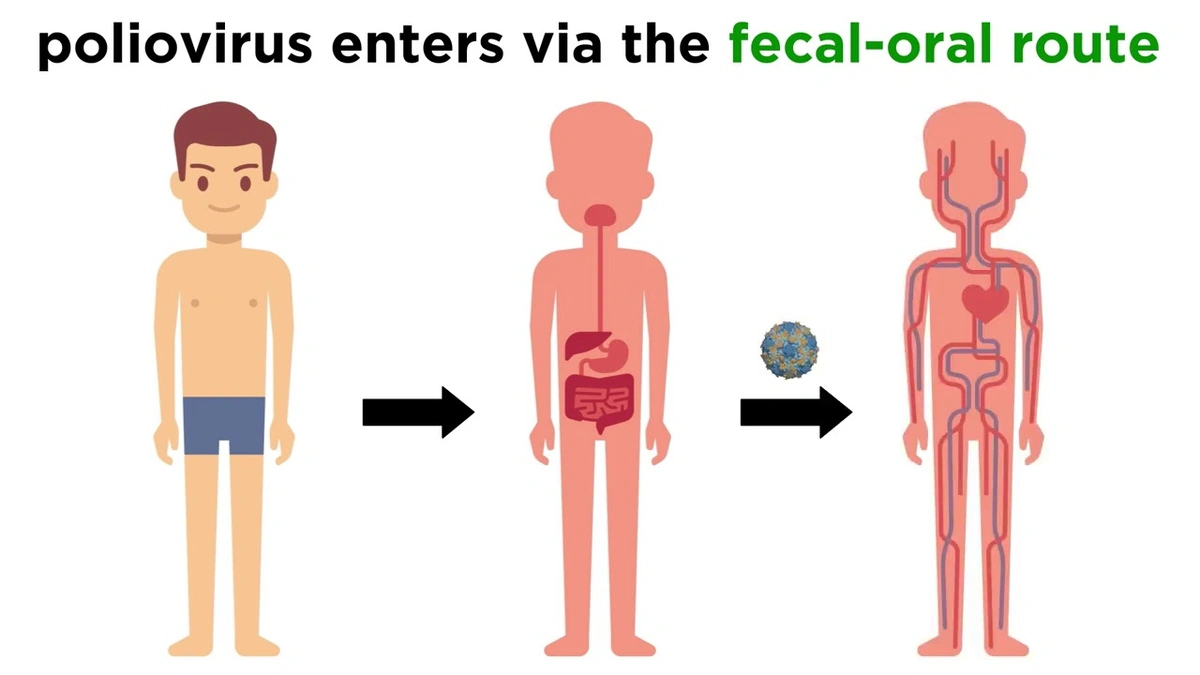Polio . The word itself might conjure up images from history books or distant memories of iron lungs. But here’s the thing: polio isn’t just a relic of the past. It’s a cautionary tale etched in the lives of survivors and a constant reminder of the importance of vaccination. What fascinates me is how easily we forget the horrors of diseases that modern medicine has largely eradicated. So, let’s dive into why polio still matters – and why complacency could be our undoing.
What Really Was Polio? (Beyond the Textbook Definition)

Okay, textbooks will tell you polio is a highly infectious viral disease that primarily affects young children. True enough. But that definition doesn’t capture the sheer terror it instilled. Polio , or poliomyelitis, attacked the nervous system. In the worst cases, it led to paralysis, often irreversible. Imagine parents living in constant fear every summer – peak polio season – wondering if their child would be next. It wasn’t just a disease; it was a societal nightmare. The legacy of fear and the struggle for recovery are parts of the polio story frequently missed.
The Iron Lung and Beyond: The Human Cost of Polio
The iconic image of the iron lung – a massive, coffin-like machine that helped people breathe when their respiratory muscles were paralyzed – is a stark symbol of polio’s devastation. But behind each iron lung was a person, a life dramatically altered. Many survivors faced decades of physical therapy, social stigma, and the psychological burden of a body that had betrayed them. And, tragically, some didn’t survive. The post- polio syndrome, a cluster of debilitating symptoms that can strike decades after the initial infection, continues to affect many.
Here’s the thing: even if someone survived, life was never quite the same. Let me rephrase that for clarity: the struggle went beyond the physical limitations. The social isolation and the emotional toll were immense and often overlooked. But, that’s where the real story often lies: in the everyday challenges faced by individuals who had their lives irrevocably changed.
The Victory (and Near Loss) of Polio Vaccination
The development of the polio vaccine was a monumental achievement. Jonas Salk’s injectable vaccine in 1955 and Albert Sabin’s oral vaccine in 1961 virtually eliminated the disease in many parts of the world. Here’s why this matters: vaccination works. It’s a testament to scientific ingenuity and public health initiatives. But – and it’s a big ‘but’ – the fight isn’t over.
Complacency is a dangerous enemy. As the World Health Organization reports , polio is still endemic in a few countries, primarily Pakistan and Afghanistan. Outbreaks can occur in other regions where vaccination rates are low. We initially thought that eradication was straightforward, but then we realized that logistical challenges, vaccine hesitancy, and political instability continue to fuel the virus’s persistence.
What fascinates me is how a success story can quickly unravel if we let our guard down. But, it’s up to us to keep pushing to completely eradicate this virus and not allow future generations to suffer from paralytic polio .
Polio Today: What You Need to Know About Vaccine-Derived Polio
Let’s be honest, the news can be confusing. We’ve made progress with the inactivated polio vaccine , but in rare cases, the oral polio vaccine can, in very rare circumstances, lead to vaccine-derived polio (VDPV). This happens when the weakened virus in the vaccine circulates in under-immunized populations and mutates over time. It’s a complex issue, but the key takeaway is that maintaining high vaccination coverage is crucial to prevent VDPV outbreaks.
The one thing you absolutely must understand is that the benefits of vaccination far outweigh the risks. According to the CDC, the risk of VDPV is extremely low, while the risk of contracting wild polio is significant in areas where the virus is still circulating. The global polio eradication initiative still has a lot of work to do.
And, we must remember those still suffering from the effects of post-polio syndrome . It’s essential to support the continued drive for vaccination, provide resources for the affected, and not repeat history.
Why Does Polio Still Matter to You?
Maybe you’re thinking, “I’m vaccinated, so why should I care?” Because global health is interconnected. Because a disease anywhere is a threat everywhere. Because the fight against polio is a fight for a healthier, more equitable world. And, because the story of polio isn’t just about a virus; it’s about human resilience, scientific progress, and the enduring power of collective action. Also, it’s because outbreaks can occur elsewhere, as we have seen in recent years.
It’s imperative that those in at-risk countries continue to receive the necessary vaccinations to prevent further spread and mutations of the virus.
FAQ About Polio
What are the early symptoms of polio?
Early symptoms can include fever, fatigue, headache, vomiting, stiffness in the neck, and limb pain.
Is polio curable?
There is no cure for polio , but the effects can be prevented through vaccinations.
What if I’m not sure if I was vaccinated against polio?
Consult your doctor. They can check your vaccination records and administer a booster if necessary.
Why are some people hesitant about the polio vaccine?
Misinformation and distrust in medical institutions can fuel vaccine hesitancy. It’s crucial to rely on credible sources and consult with healthcare professionals.
What is post-polio syndrome?
Post-polio syndrome is a condition that affects polio survivors years after their initial illness, causing muscle weakness, fatigue, and pain.
Where can I find more information about polio and vaccination efforts?
The World Health Organization (WHO) and the Centers for Disease Control and Prevention (CDC) are excellent sources of information.
The story of polio is one of both triumph and ongoing vigilance. Let’s remember the lessons learned, honor the survivors, and commit to a future free from this devastating disease.




